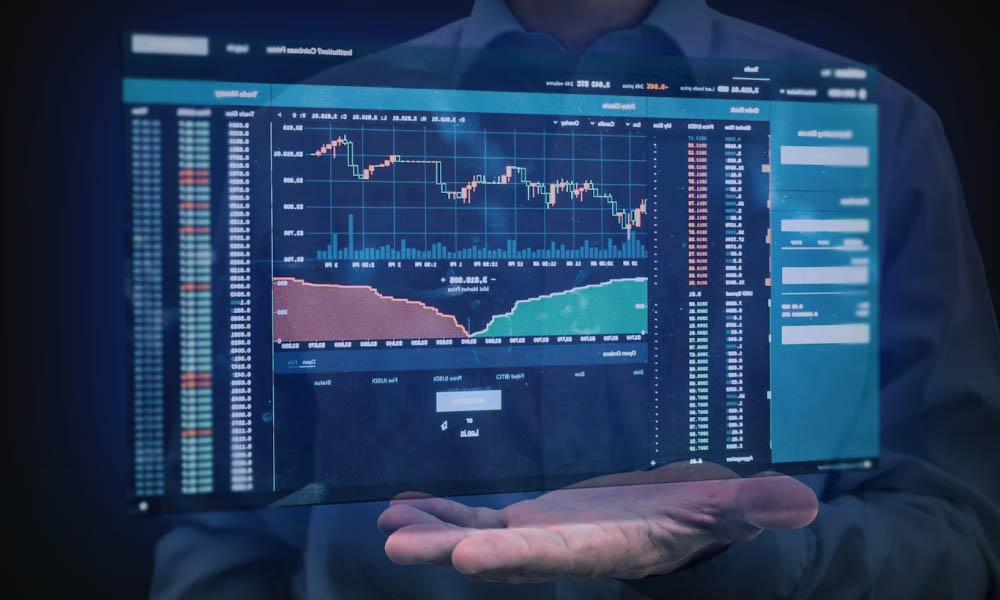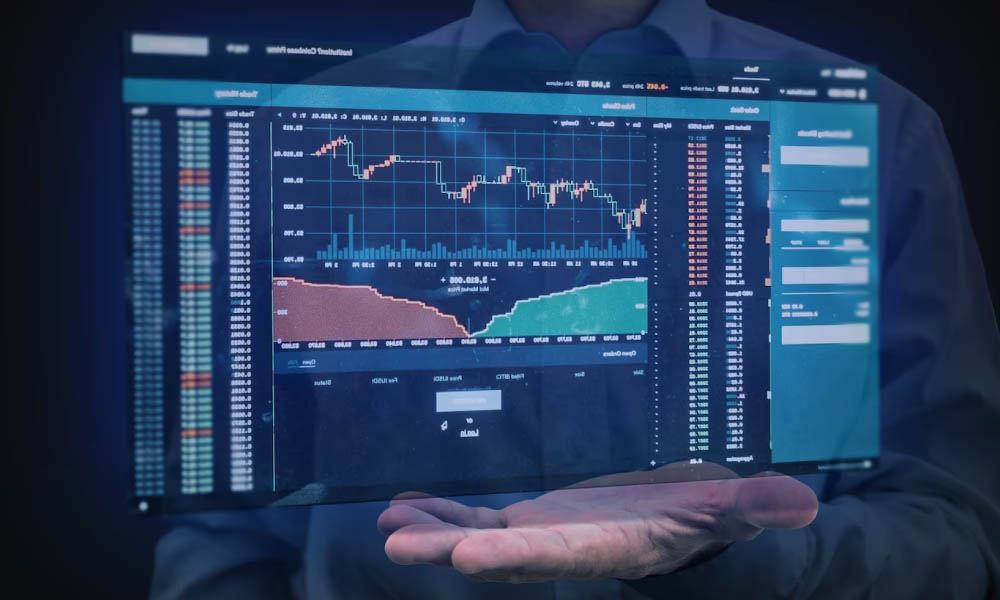Mastering Crypto Trading Charts Navigating the Market with Confidence

Mastering Crypto Trading Charts: Navigating the Market with Confidence
In the fast-paced world of cryptocurrency trading, having the ability to read and interpret crypto trading charts is essential for success. Whether you are a novice trader or an experienced investor, understanding how to analyze price movements can significantly enhance your trading strategy. This article delves into the different types of charts, critical indicators, and strategies that can help you navigate the cryptocurrency market effectively. For further insights and updates, you can also refer to this Crypto Trading Charts https://www.stockopedia.com/content/small-cap-value-report-wed-18-apr-2018-igr-vnet-ancr-sys1-koov-354423/.
Understanding Crypto Trading Charts
Crypto trading charts visually represent the price history of a cryptocurrency over a specific period. They come in various formats, each serving different purposes. The most commonly used types of charts include line charts, bar charts, and candlestick charts. Each of these charts can provide unique insights into market trends and price movements.
Line Charts
Line charts are the simplest form of charting used in trading. They depict closing prices over a specified time period, which makes them easy to read and interpret at a glance. While line charts provide a good overview of price movements, they do not convey the same level of detail as other chart types.
Bar Charts
Bar charts provide more detailed information than line charts by displaying opening, closing, high, and low prices for a specific period. Each bar shows the range of price movements during that period, allowing traders to analyze volatility and price trends more effectively.
Candlestick Charts
Candlestick charts are the most popular and widely used type of chart among crypto traders. Each candlestick represents a specific time frame and comprises four key price points: opening price, closing price, highest price, and lowest price. The visual representation of candlesticks helps traders identify trends and potential reversal points. A green or filled candlestick indicates price increase, while a red or empty one indicates a price decrease.
Key Indicators for Trading
Beyond mere price movements, integrating indicators into your analysis can provide additional insights into market behavior. Here are some of the most popular indicators traders use in their charts:
Moving Averages
Moving averages smooth out price data to identify the trend direction more clearly. The simple moving average (SMA) and the exponential moving average (EMA) are two common types. Traders often look at crossovers between short-term and long-term moving averages to make buy or sell decisions.
Relative Strength Index (RSI)
The RSI measures the speed and change of price movements to identify overbought or oversold conditions. It ranges from 0 to 100, with levels above 70 typically indicating overbought conditions and levels below 30 indicating oversold conditions. Traders use the RSI for timing their entry and exit points in the market.
MACD (Moving Average Convergence Divergence)
MACD is a trend-following momentum indicator that shows the relationship between two moving averages of a security’s price. It consists of the MACD line, the signal line, and the histogram. Crossovers between the MACD and signal lines can signal potential buy or sell opportunities, making it a valuable tool in trend analysis.

Chart Patterns
Recognizing and understanding chart patterns is crucial for predicting future price movements. Some common patterns include:
Head and Shoulders
The head and shoulders pattern is a reversal pattern that typically indicates a bullish-to-bearish trend reversal. This pattern comprises three peaks: a higher peak (head) between two lower peaks (shoulders). The opposite, known as an inverse head and shoulders pattern, indicates a bearish-to-bullish reversal.
Triangles
Triangular patterns can either be ascending, descending, or symmetrical. They indicate a period of consolidation before a significant price movement. Recognizing these patterns can help traders prepare for future breakouts or breakdowns in price.
Flags and Pennants
Flags and pennants are continuation patterns that indicate brief consolidations before the price continues in the previous direction. They are typically formed after a strong price movement and signal that the current trend is likely to continue.
Practical Trading Strategies Using Charts
Developing a trading strategy that incorporates chart analysis can improve your chances of success. Here are some practical strategies traders can use:
Trend Following
Trend following is a strategy where traders look to enter a position in the direction of the prevailing trend. This strategy often relies on moving averages and trendlines to identify high-probability entry points, minimizing the risk of reversal.
Breakout Trading
Breakout trading involves entering a position when the price breaks through a significant support or resistance level. By using chart patterns and volume analysis, traders can identify potential breakouts and position themselves to benefit from the following price movement.
Reversion to the Mean
This strategy is based on the idea that prices tend to revert to their mean over time. Traders using this strategy will look for overbought or oversold conditions, often identified through the RSI or candlestick patterns, to enter positions that bet against the current trend.
Conclusion
Mastering crypto trading charts is a vital skill for anyone looking to succeed in the cryptocurrency market. By understanding different types of charts, crucial indicators, and effective trading strategies, traders can make informed decisions and enhance their trading outcomes. Continuous practice, analysis, and adapting to market changes will pave the way for a successful trading career. Remember to stay informed and seek out resources that further your knowledge in this ever-evolving landscape.







